Home>Garden Essentials>What Ground Cover Grows Under Pine Trees
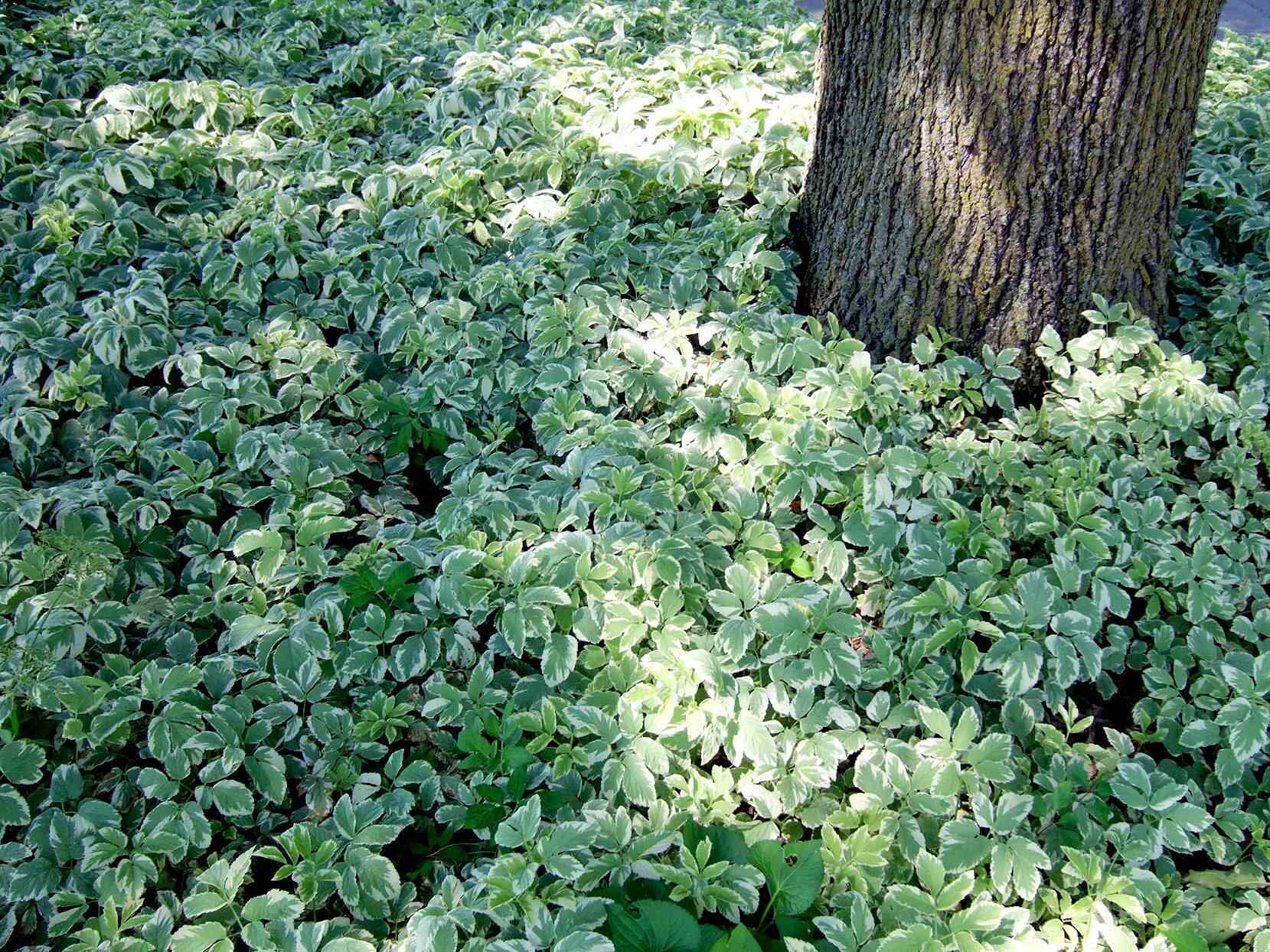

Garden Essentials
What Ground Cover Grows Under Pine Trees
Modified: March 7, 2024
Discover the best ground cover options for your garden under pine trees. Find out which plants can thrive in the shade and acidic soil, while adding beauty to your outdoor space.
(Many of the links in this article redirect to a specific reviewed product. Your purchase of these products through affiliate links helps to generate commission for Storables.com, at no extra cost. Learn more)
Introduction
Growing ground cover under pine trees can be a challenging task due to the unique conditions created by these majestic evergreens. The dense canopy of pine trees contributes to shade, acidic soil, and the presence of pine needles, which can make it difficult for plants to thrive. However, with careful selection and proper maintenance, it is possible to establish a beautiful and healthy ground cover in this challenging environment.
Ground cover serves multiple purposes in a garden. It not only adds aesthetic appeal but also helps to control erosion, suppress weeds, and retain moisture in the soil. Choosing the right ground cover for the area under pine trees requires a good understanding of the specific challenges faced and the factors to consider before making a selection.
In this article, we will explore the challenges associated with growing ground cover under pine trees, factors to consider before selecting the right ground cover, different types of ground cover suitable for these conditions, the benefits of using ground cover, and tips for successfully growing and maintaining ground cover under pine trees.
Whether you are an experienced gardener or a beginner, this article will provide you with valuable insights and practical advice for creating a thriving ground cover beneath your pine trees.
Key Takeaways:
- Growing ground cover under pine trees can be challenging due to shade, acidic soil, and pine needle accumulation. Choose shade-tolerant, acid-loving plants and provide regular care to create a thriving garden space.
- Ground cover under pine trees offers benefits like erosion control, weed suppression, and moisture retention. With proper maintenance and patience, you can create a visually appealing and sustainable garden under the majestic pine trees.
Read more: What To Plant For Ground Cover Under Trees
Understanding the Challenges of Growing Ground Cover under Pine Trees
Growing ground cover under pine trees presents unique challenges due to the specific conditions created by these towering evergreens. To successfully establish a ground cover in this environment, it is crucial to understand the obstacles you will encounter and how to overcome them.
One significant challenge is the shade created by the dense canopy of pine trees. The shade limits the amount of sunlight reaching the ground cover, making it challenging for many plants to thrive. Furthermore, pine trees have an extensive root system that competes for nutrients and moisture, further complicating the growth of ground cover.
Another challenge is the acidic soil that is characteristic of areas under pine trees. The fallen pine needles contribute to the acidity of the soil, creating an inhospitable environment for many plants. Therefore, it is essential to select ground cover species that can tolerate acidic conditions.
In addition to shade and acidic soil, the accumulation of pine needles can pose a challenge. The needles create a thick layer on the ground, which can smother and prevent the growth of ground cover. Regular removal or mulching of these pine needles is crucial to promote successful establishment and growth of ground cover.
Despite these challenges, it is possible to overcome them and create a thriving ground cover under pine trees. By understanding the specific conditions and requirements of the area, you can make informed decisions when selecting the most suitable ground cover species for your garden.
In the following sections, we will explore the factors to consider before selecting ground cover, different types of ground cover suitable for growing under pine trees, the benefits of using ground cover in this environment, and essential tips for successfully establishing and maintaining ground cover under pine trees.
Factors to Consider before Selecting Ground Cover
Before selecting ground cover for the area under pine trees, there are several important factors to consider. Taking these factors into account will ensure that you choose the most suitable ground cover species that can thrive in the unique conditions created by these majestic evergreens.
1. Shade Tolerance: Pine trees create dense shade, limiting the amount of sunlight reaching the ground cover. It is important to select shade-tolerant ground cover species that can thrive in low light conditions. Some plants that thrive in shade include hostas, ferns, and coral bells.
2. Soil Acidity: The fallen pine needles contribute to the acidic nature of the soil under pine trees. It is essential to choose ground cover species that can tolerate acidic soil. Acid-loving plants, such as azaleas, rhododendrons, and blueberries, are excellent choices for acidic soil conditions.
3. Root Competition: Pine trees have an extensive root system that competes for nutrients and moisture in the soil. Selecting ground cover plants with shallow root systems can help minimize competition with the pine tree roots. Creeping thyme, sedum, and ajuga are examples of ground cover plants with shallow roots.
4. Pine Needle Accumulation: The accumulation of pine needles on the ground can smother and prevent the growth of ground cover. Consider ground cover species that can tolerate or thrive in pine needle-rich environments. For instance, some ground cover plants, like vinca minor or liriope, are known for their ability to withstand pine needle blankets.
5. Climate Compatibility: Consider the climate in your region to ensure that the ground cover you choose is suitable for the specific weather conditions. Some ground cover plants may be more suited to colder climates, while others thrive in warmer regions.
6. Maintenance Requirements: Evaluate the maintenance requirements of the ground cover species you are considering. Some plants may require more frequent watering, pruning, or fertilization. Choose plants that align with your desired level of maintenance commitment.
By carefully considering these factors, you will be able to select ground cover species that are well-suited to the conditions of your garden. This will increase the likelihood of successful establishment and long-term growth of the ground cover under your pine trees.
Types of Ground Cover Suitable for Growing under Pine Trees
When selecting ground cover for the area under pine trees, it is important to choose species that can thrive in the unique conditions created by these majestic evergreens. Here are some types of ground cover that are well-suited for growing under pine trees:
1. Vinca Minor (Periwinkle): Vinca minor is a popular ground cover choice that tolerates shade and acidic soil. It forms a dense mat of glossy green leaves and produces delicate blue or lilac flowers in the spring. Vinca minor is known for its ability to withstand pine needles, making it an excellent option for the area under pine trees.
2. Pachysandra: Pachysandra is a shade-loving ground cover that thrives in acidic soil. It features evergreen leaves and produces small white flowers in the spring. Pachysandra spreads quickly and forms a dense carpet-like growth, making it ideal for suppressing weeds and erosion control under pine trees.
3. Hostas: Hostas are renowned for their hardiness and shade tolerance. With their lush foliage and variety of leaf shapes and sizes, hostas add a touch of elegance to the area under pine trees. They come in a range of colors, from deep green to variegated, and some varieties produce beautiful flowers in the summer.
4. Coral Bells: Coral bells, also known as Heuchera, are shade-loving perennials that offer a vibrant splash of color with their colorful foliage. They come in a variety of colors, including burgundy, lime green, and silver. Coral bells produce delicate bell-shaped flowers, adding beauty and visual interest to the ground cover under pine trees.
5. Ferns: Ferns are excellent choices for shady areas under pine trees. They thrive in moist, well-draining soil and add a lush, tropical feel to the landscape. Maidenhair ferns, lady ferns, and Japanese painted ferns are some popular fern varieties that can thrive in the shade created by pine trees.
6. Creeping Thyme: Creeping thyme is a low-growing, sun-loving ground cover that can also tolerate partial shade. It produces aromatic foliage and tiny flowers that attract pollinators. Creeping thyme handles foot traffic well and can spread across the ground, creating a carpet-like effect under pine trees.
Remember to consider the specific conditions, such as shade, acidic soil, root competition, and pine needle accumulation, when selecting ground cover for the area under pine trees. By choosing the right types of ground cover, you can create a beautiful and resilient ground cover that thrives in this challenging environment.
Consider planting ground covers such as vinca, pachysandra, or ferns under pine trees. These plants tolerate the acidic soil and shade, and help prevent erosion.
Benefits of Using Ground Cover under Pine Trees
Growing ground cover under pine trees offers numerous benefits for both the aesthetics and overall health of your garden. Here are some key benefits of using ground cover in this unique environment:
1. Erosion Control: Ground cover helps to control soil erosion by holding the soil in place with its dense root systems. This is particularly important under pine trees where the shallow root systems of the trees may not provide adequate soil stabilization. By preventing erosion, ground cover protects the topsoil and helps maintain the integrity of the landscape.
2. Weed Suppression: The dense growth of ground cover helps to suppress weeds in the area under pine trees. By occupying available space and blocking the sunlight that weeds need to grow, ground cover minimizes weed competition and reduces the need for frequent weeding, saving you time and effort in maintaining the garden.
3. Moisture Retention: Ground cover acts as a natural moisture retainer, reducing water evaporation from the soil surface. This is particularly advantageous under pine trees where the dense canopy may prevent rainfall from adequately reaching the ground. Ground cover helps to conserve moisture in the soil, ensuring that plants have a steady supply of water even during dry spells.
4. Soil Improvement: As ground cover plants grow and establish their roots, they can help improve the quality of the soil. Ground cover plants contribute organic matter to the soil through their fallen leaves or decomposing root systems, enriching the soil with nutrients. Over time, this improves soil structure, fertility, and overall health.
5. Visual Appeal: Ground cover adds beauty and visual interest to the area under pine trees. With their varying colors, textures, and forms, ground cover plants create a lush and vibrant ground layer that complements the tall and majestic pine trees above. Ground cover can transform what was once an underutilized space into a visually appealing and inviting garden area.
6. Wildlife Habitat: Ground cover plants provide shelter, food, and nesting sites for various wildlife species. Under pine trees, where there may be limited ground-level vegetation, ground cover creates a valuable habitat for birds, insects, and other small creatures. This enhances biodiversity and contributes to a healthy and balanced garden ecosystem.
By utilizing ground cover under pine trees, you can reap these benefits while creating a thriving and visually appealing garden space. Ground cover enhances the overall health and sustainability of the landscape while reducing maintenance tasks associated with weed control and erosion prevention.
Read more: How To Grow Grass Under Pine Trees
Tips for Successfully Growing Ground Cover under Pine Trees
Growing ground cover under pine trees may present its challenges, but with the right approach and care, you can create a thriving ground cover that beautifies the area and enhances the overall health of your garden. Here are some tips to help you successfully grow ground cover under pine trees:
1. Select the Right Ground Cover: Choose ground cover species that are well-suited to the unique conditions created by pine trees, such as shade tolerance, acidic soil preference, and ability to withstand pine needle accumulation. Research different species and consult with local nurseries or garden experts to find the best options for your specific needs.
2. Prepare the Soil: Before planting ground cover, prepare the soil by removing any existing weeds, debris, or pine needles. Loosen the soil and add organic matter, such as compost or well-aged manure, to improve drainage and nutrient content. This will create a more fertile and suitable environment for the ground cover to establish and grow.
3. Plant at the Right Time: Plant ground cover in spring or early fall when the weather is mild and the ground is still warm. This will give the plants a chance to establish their root systems before the harsher conditions of winter or summer. Follow the planting instructions specific to each ground cover species for best results.
4. Mulch the Area: Apply a layer of mulch around the ground cover plants, but make sure to keep it away from the base of the plants’ stems. Mulch helps to conserve moisture, control weed growth, and regulate soil temperature. Consider using pine straw or pine bark as mulch, as it will blend well with the surrounding pine trees.
5. Water Regularly: Adequate and consistent watering is crucial for the establishment and growth of ground cover. Monitor the moisture levels in the soil and ensure that the ground cover receives enough water, especially during dry periods. Be mindful of not overwatering, as excessive moisture can lead to root rot or other issues.
6. Prune and Trim: Regularly prune and trim the ground cover to maintain its shape and prevent it from spreading where unwanted. Remove any dead or damaged foliage to promote healthy growth. Be careful when pruning around pine trees to avoid damaging the tree’s bark or branches.
7. Monitor for Pests and Diseases: Keep an eye out for any signs of pests or diseases on the ground cover plants. Promptly address any issues by using organic pest control methods or consulting with a professional if necessary. Regularly inspecting the plants will help identify problems early and prevent them from spreading.
8. Provide Adequate Nutrients: Feed the ground cover plants with a balanced fertilizer specifically formulated for their needs. Follow the recommended application rates and timing to ensure that the plants receive the necessary nutrients for healthy growth. Avoid over-fertilizing, as it can lead to excessive foliage growth at the expense of flower production.
9. Regularly Maintain and Weed: Regular maintenance is essential for the success of ground cover under pine trees. Remove any weeds that may emerge, ensuring that they do not compete with the ground cover for resources. Regularly check the plants for any signs of stress, and address issues promptly to maintain their health.
10. Be Patient: Establishing ground cover under pine trees may take time and patience. It may take a couple of growing seasons for the ground cover to fully establish and provide the desired coverage. Remain consistent with care and maintenance, and allow nature to take its course.
By following these tips, you can create a thriving and resilient ground cover under your pine trees. With proper care and attention, the ground cover will not only enhance the beauty of your garden but also contribute to a healthier and more sustainable landscape.
Maintenance and Care for Ground Cover under Pine Trees
Maintaining and caring for the ground cover under pine trees is crucial to ensure its health and longevity. By following these maintenance tips, you can keep your ground cover thriving and looking its best:
1. Regular Watering: Pine trees can create a drier environment due to the shade and competition for water. It is important to provide regular watering to the ground cover, especially during dry spells. Keep the soil consistently moist but avoid overwatering, as it can lead to root rot or other issues. Water deeply and allow the soil to dry slightly between watering sessions.
2. Mulching: Maintain a layer of mulch around the ground cover plants to conserve moisture, suppress weed growth, and regulate soil temperature. Top up the mulch as needed, but make sure to keep it away from the base of the plants to prevent rotting and disease.
3. Pruning and Trimming: Regularly prune and trim the ground cover to maintain its shape and prevent it from overtaking other plants or spreading into unwanted areas. Remove any dead or diseased foliage and trim back any overgrown branches. Be cautious when pruning around pine trees to avoid damaging the tree’s bark.
4. Weed Control: Regularly inspect the ground cover area for weeds and remove them promptly. Weeds can compete with the ground cover for nutrients, water, and sunlight, compromising its growth. Pull out weeds by hand or use organic weed control methods to minimize the use of chemicals.
5. Fertilization: While pine needles provide some nutrients to the soil, additional fertilization may be necessary for the ground cover plants to thrive. Use a balanced, slow-release fertilizer specifically formulated for the type of ground cover you have planted. Follow the instructions on the fertilizer packaging for the correct application rates and timing.
6. Pest and Disease Management: Keep an eye out for any signs of pests or diseases on the ground cover plants. Monitor for common pests like aphids, slugs, or snails, and take appropriate measures to control their population if necessary. Inspect the plants regularly for any signs of diseases such as leaf spots or fungal infections. Treat any issues promptly using organic pest control methods or consult with a professional if needed.
7. Pine Needle Removal: Regularly remove any fallen pine needles that accumulate on the ground cover. Pine needles can smother and inhibit the growth of ground cover plants if left unchecked. Rake up the needles and dispose of them properly or use them as mulch for other areas of your garden.
8. Monitor Moisture and Drainage: Ensure that the ground cover area has proper drainage to prevent standing water, which can lead to root rot. Monitor the moisture levels in the soil and adjust watering accordingly. If the soil becomes excessively saturated, consider improving drainage by amending the soil with compost or creating small channels to redirect water flow.
9. Seasonal Care: Adjust your maintenance routine based on the changing seasons. In the fall, remove any fallen leaves and debris to prevent them from smothering the ground cover in winter. In the spring, perform a light pruning to remove any dead or damaged growth and encourage new growth.
10. Regular Inspection: Regularly inspect the ground cover area for any signs of stress, disease, or nutrient deficiencies. Look for changes in foliage color, wilting, or unusual growth patterns. Address any issues promptly to prevent further damage or spreading.
By following these maintenance and care tips, you can ensure that your ground cover under pine trees remains healthy, vibrant, and visually appealing. With proper attention and care, the ground cover will thrive in this unique environment and provide long-lasting beauty to your garden.
Conclusion
Growing ground cover under pine trees may require some extra effort and consideration, but the results are well worth it. Despite the challenges posed by the shade, acidic soil, root competition, and pine needle accumulation, a thriving ground cover under pine trees can enhance the beauty of your garden and provide numerous environmental benefits.
By understanding the unique conditions and challenges of the area under pine trees, you can select the right ground cover species that can thrive in this environment. Consider factors such as shade tolerance, soil acidity, root competition, and pine needle accumulation when choosing the most suitable ground cover for your garden.
The benefits of using ground cover under pine trees are numerous. Ground cover helps to control erosion, suppress weeds, retain moisture in the soil, improve soil quality, and provide a visually appealing layer of foliage. It creates a habitat for wildlife and contributes to the overall health and sustainability of your garden.
To ensure successful growth and maintenance of ground cover under pine trees, follow essential tips such as regular watering, mulching, pruning, weed control, fertilization, and pest management. Being mindful of these practices will help your ground cover thrive and maintain its health and beauty over time.
Remember, growing ground cover under pine trees requires patience. It may take some time for the ground cover to establish and provide full coverage. Stay consistent with care and maintenance, and allow the plants to grow and spread naturally.
In conclusion, with careful planning, appropriate species selection, and regular maintenance, you can create a lush and resilient ground cover under pine trees. By embracing the unique challenges and taking the necessary steps to care for your ground cover, you will create a charming and vibrant garden space that thrives beneath the majestic canopy of pine trees.
Frequently Asked Questions about What Ground Cover Grows Under Pine Trees
Was this page helpful?
At Storables.com, we guarantee accurate and reliable information. Our content, validated by Expert Board Contributors, is crafted following stringent Editorial Policies. We're committed to providing you with well-researched, expert-backed insights for all your informational needs.
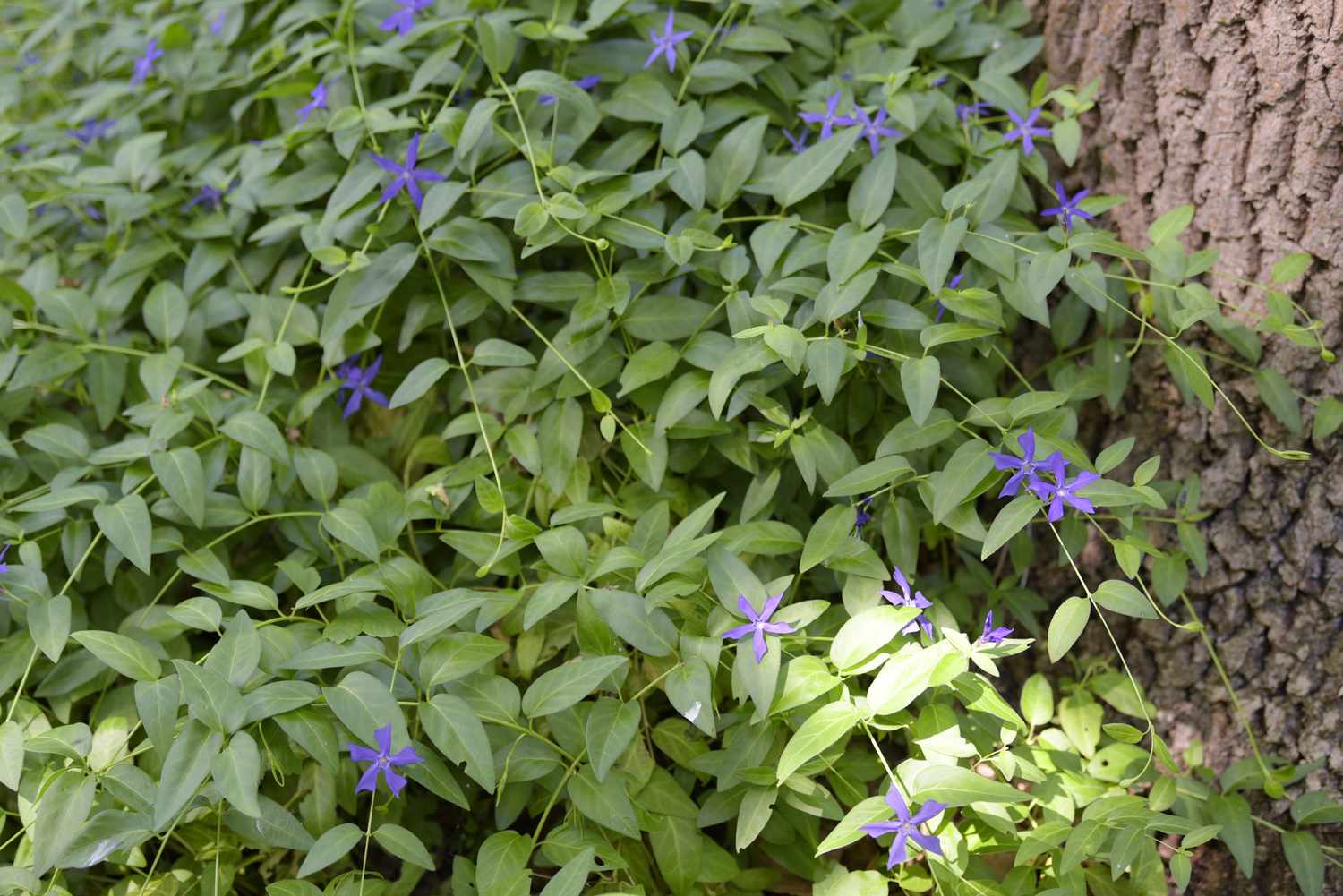
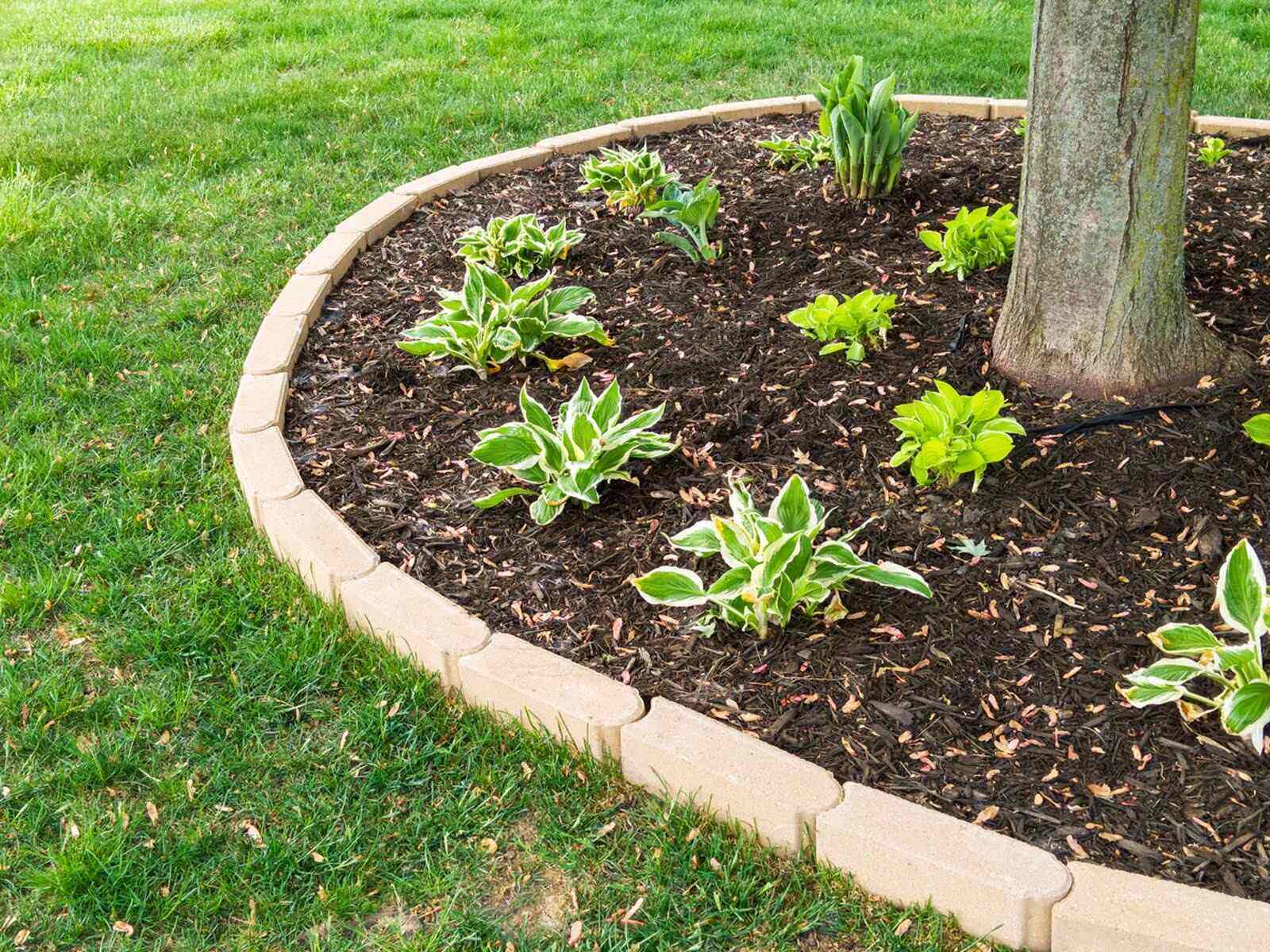
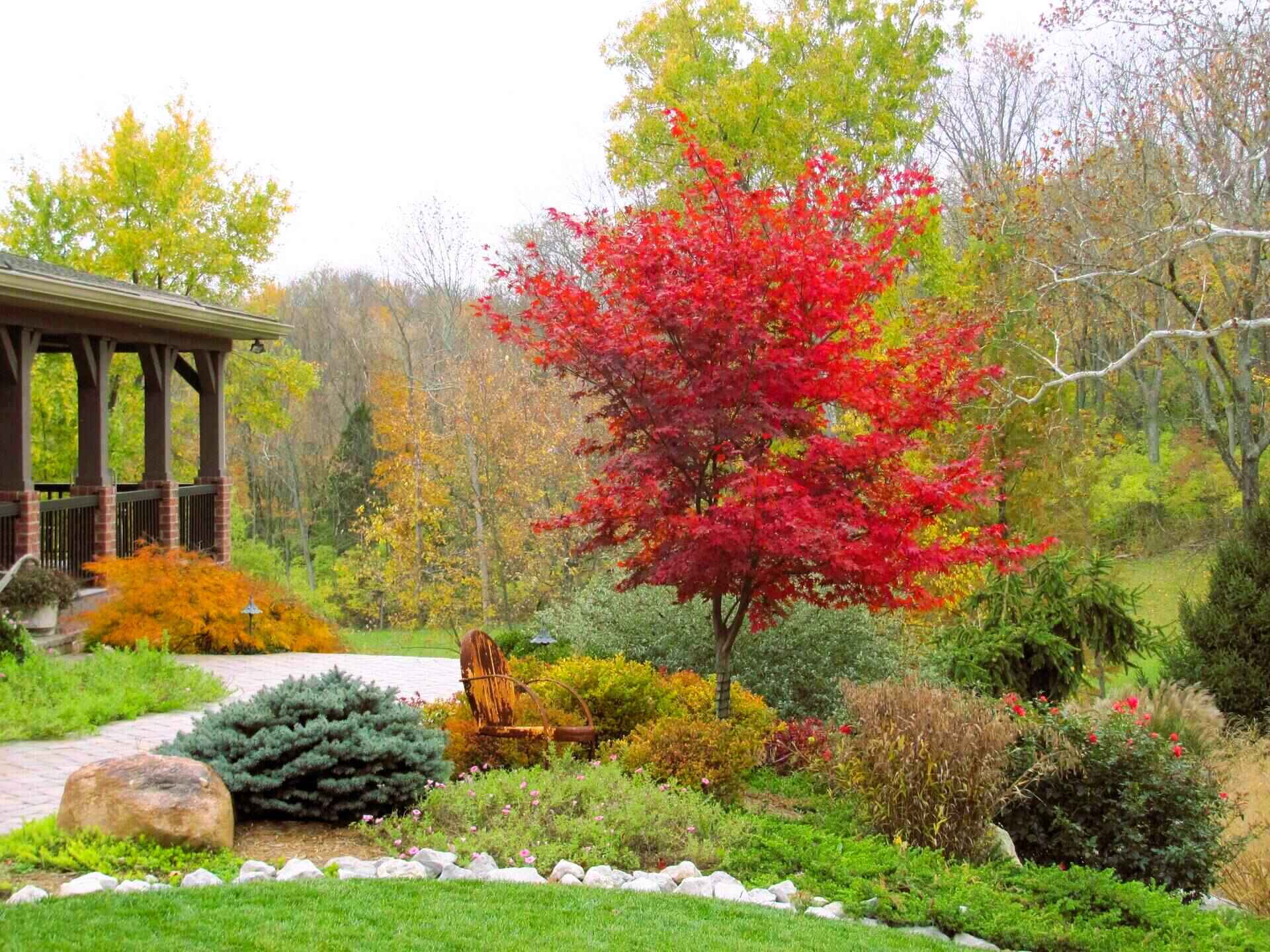
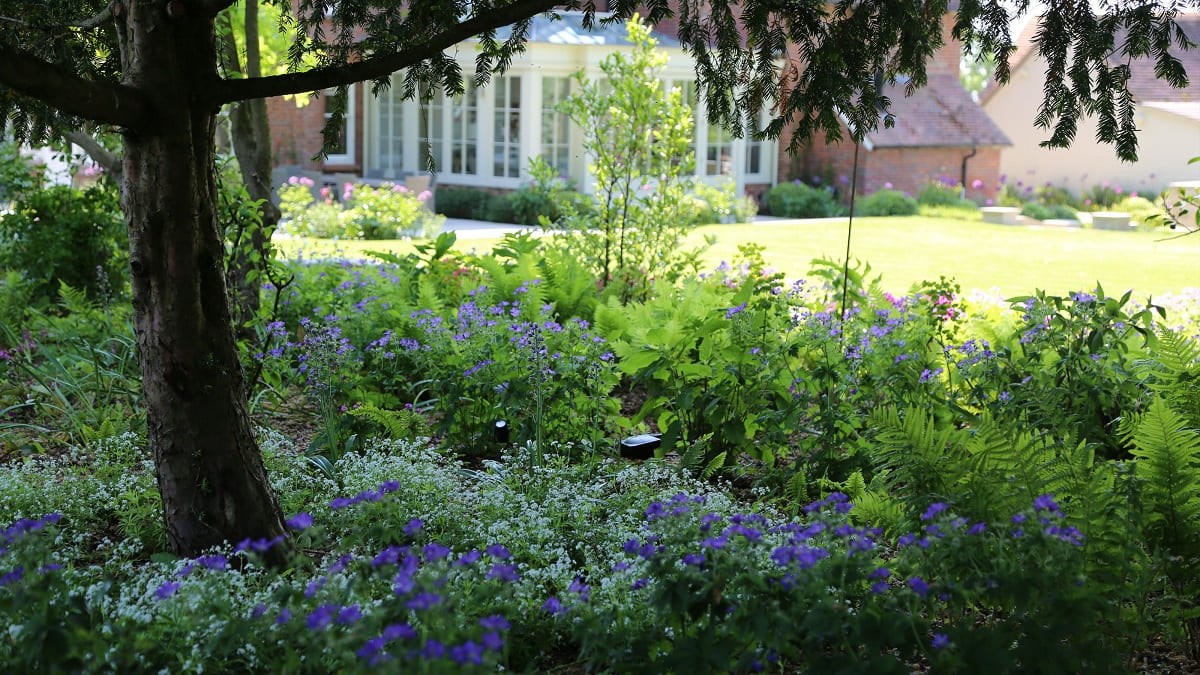
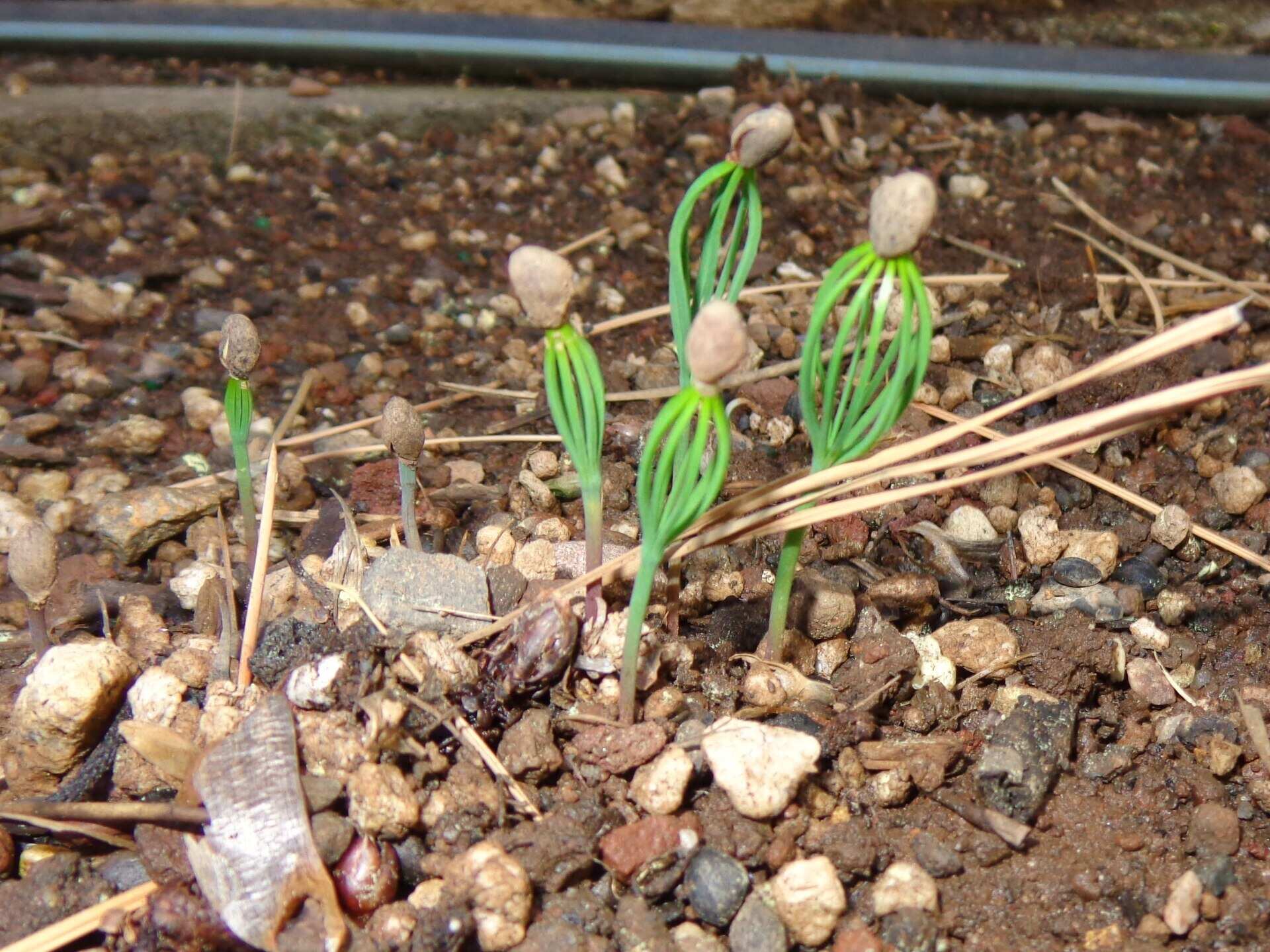
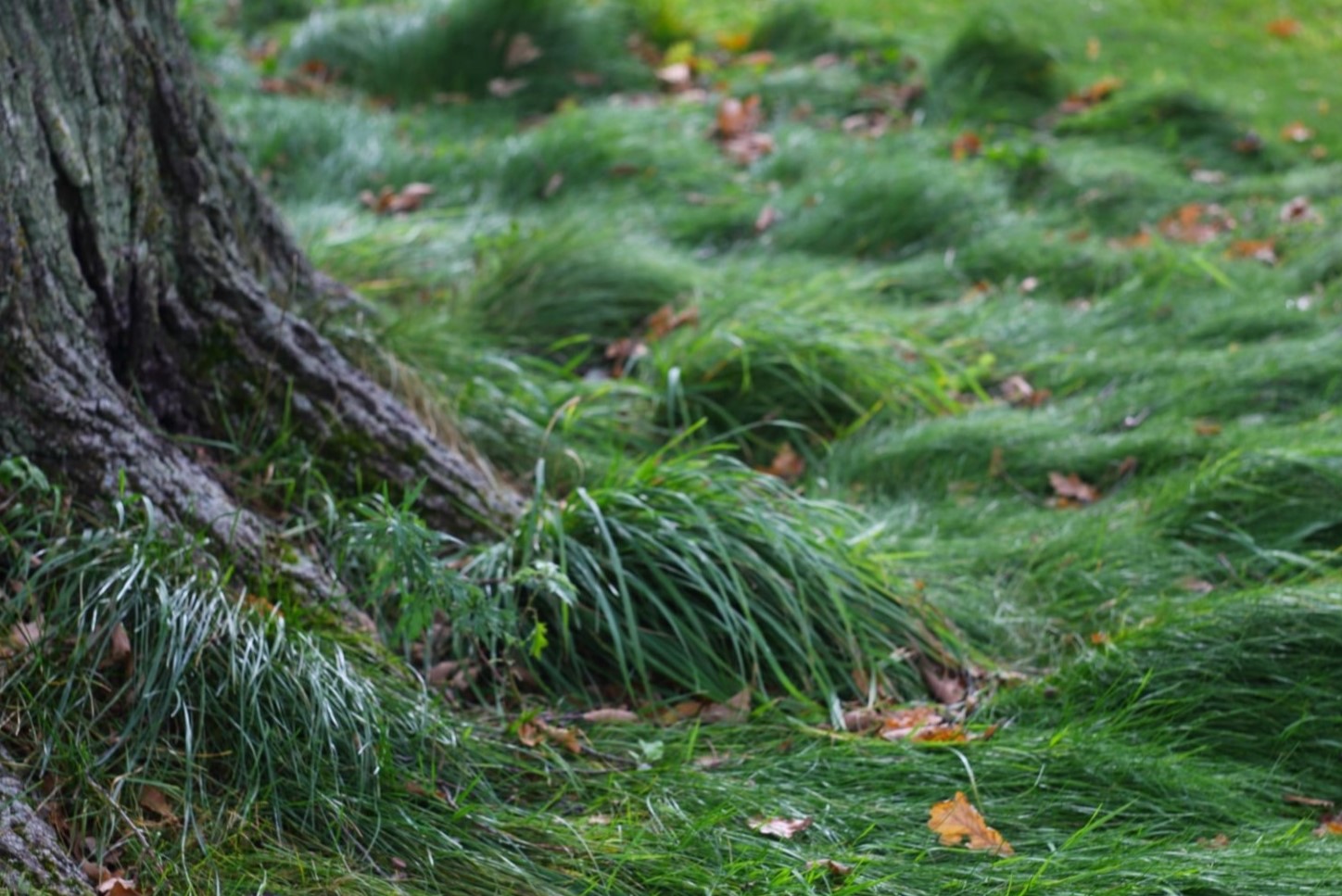
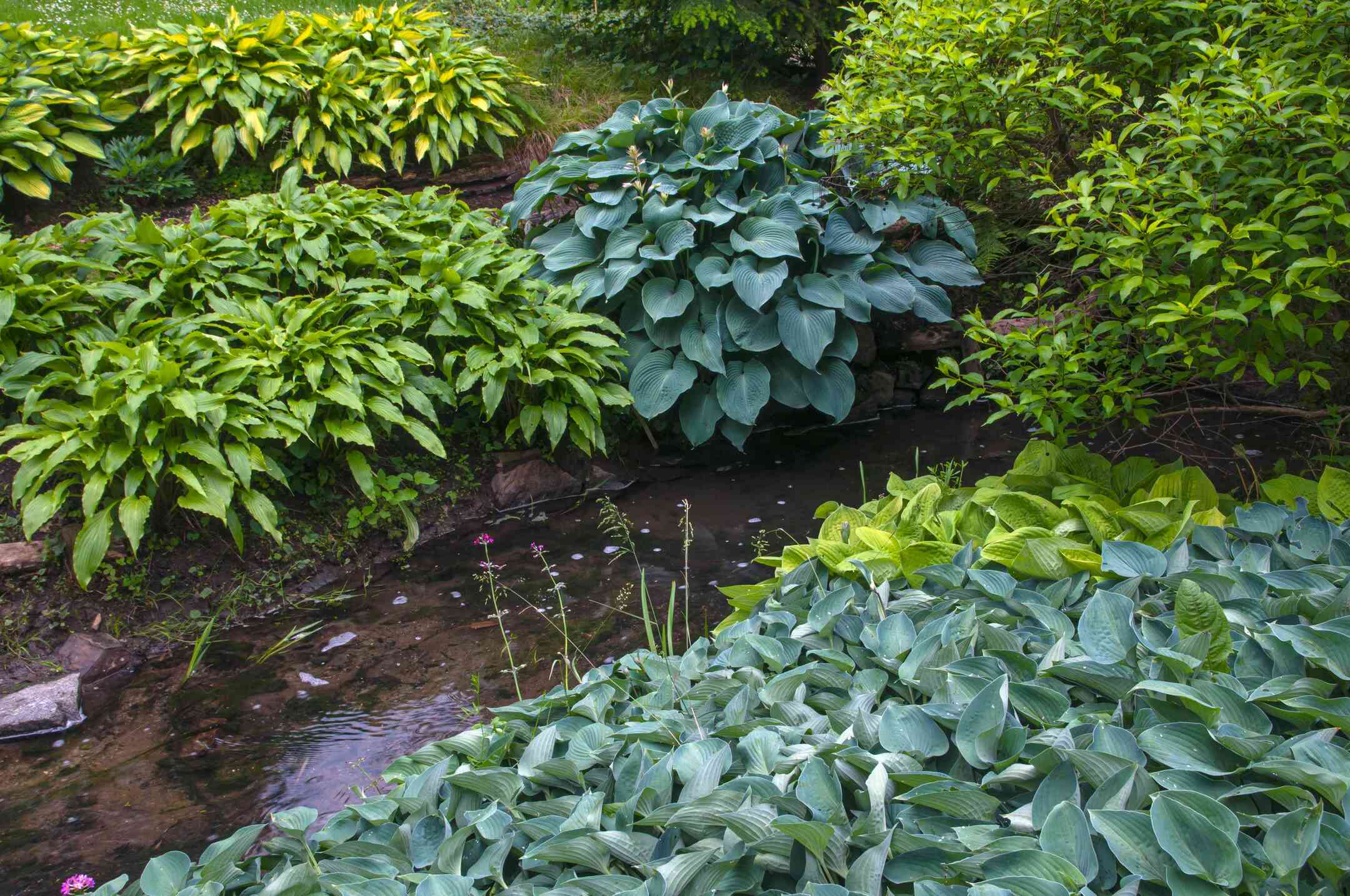
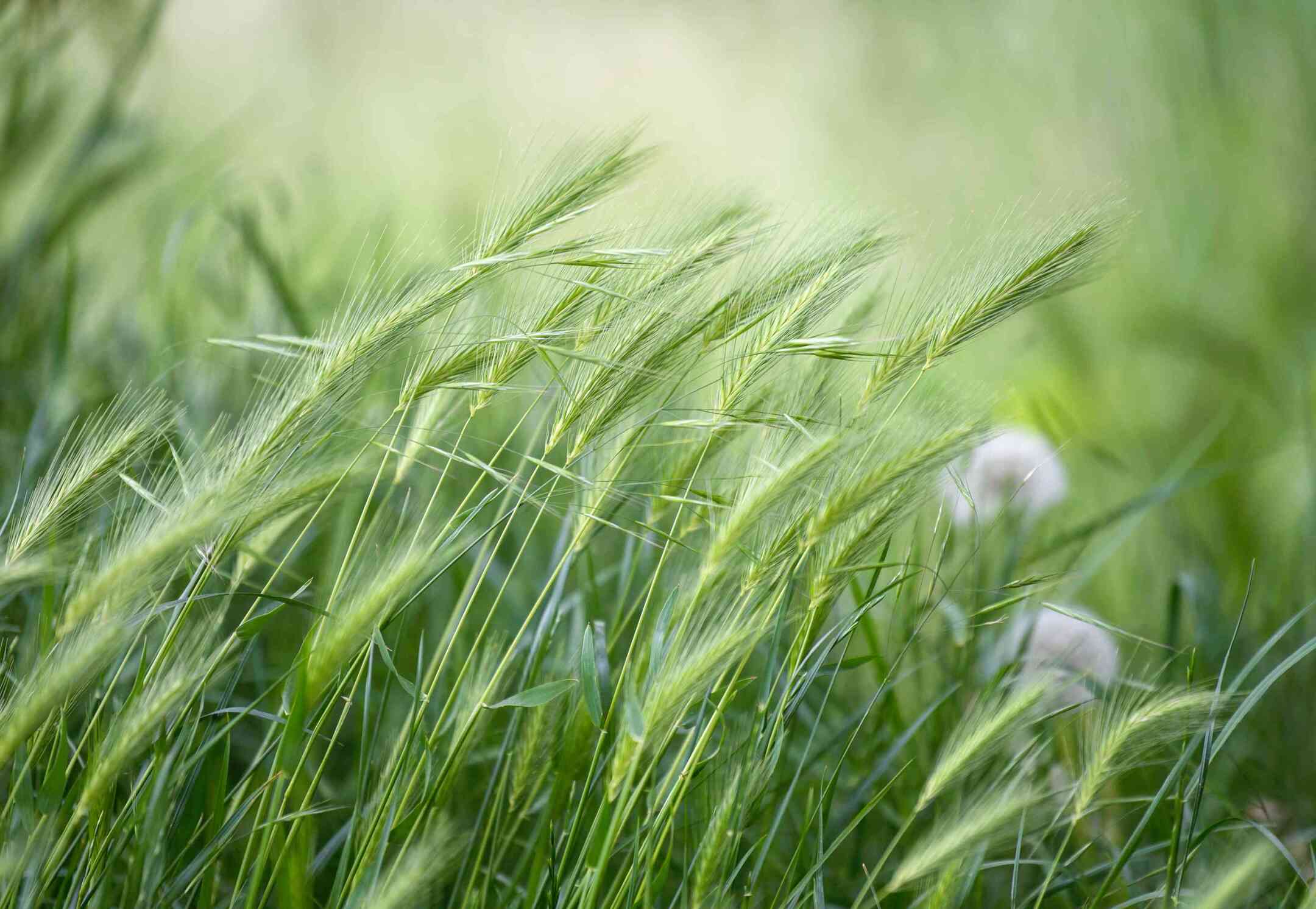
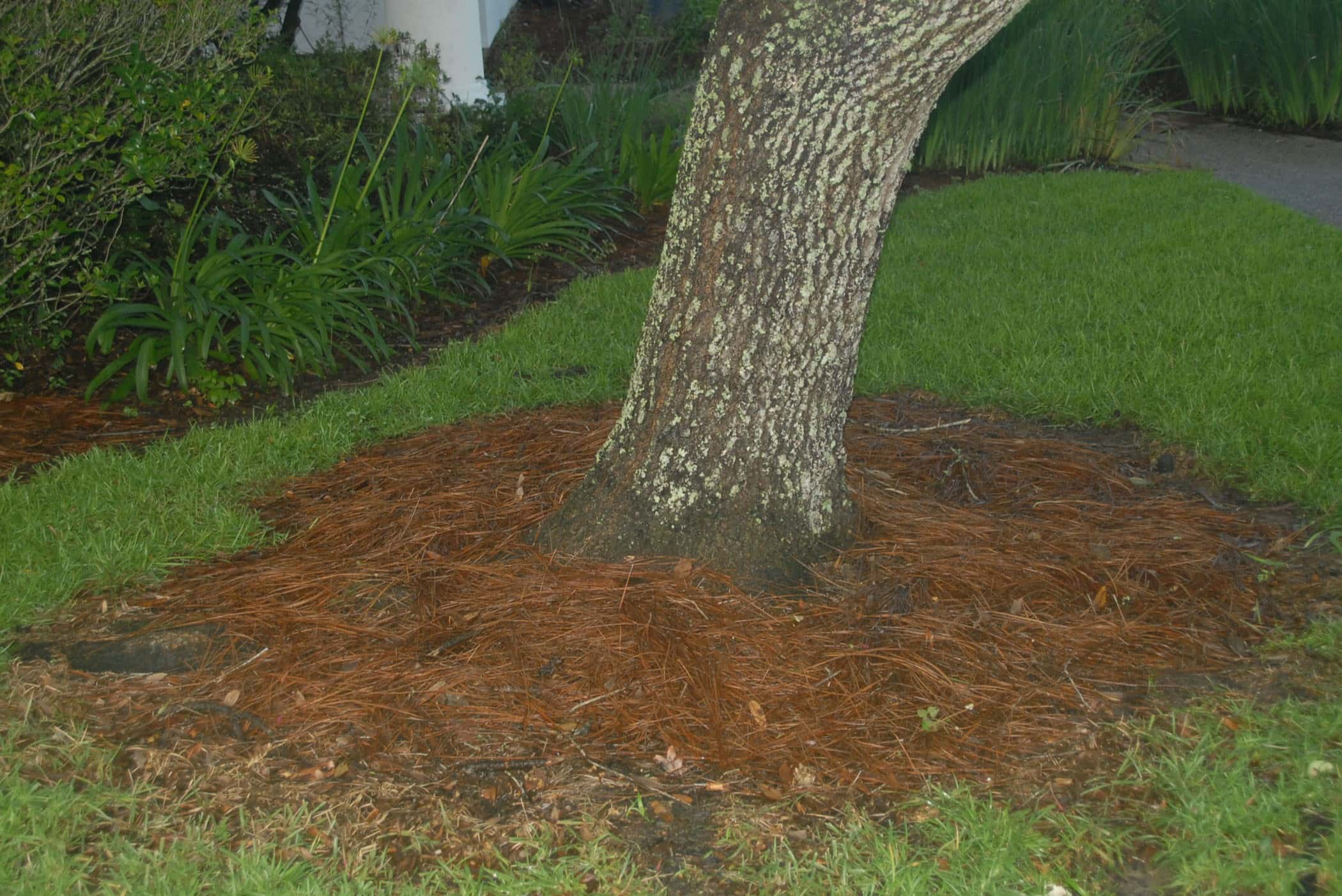
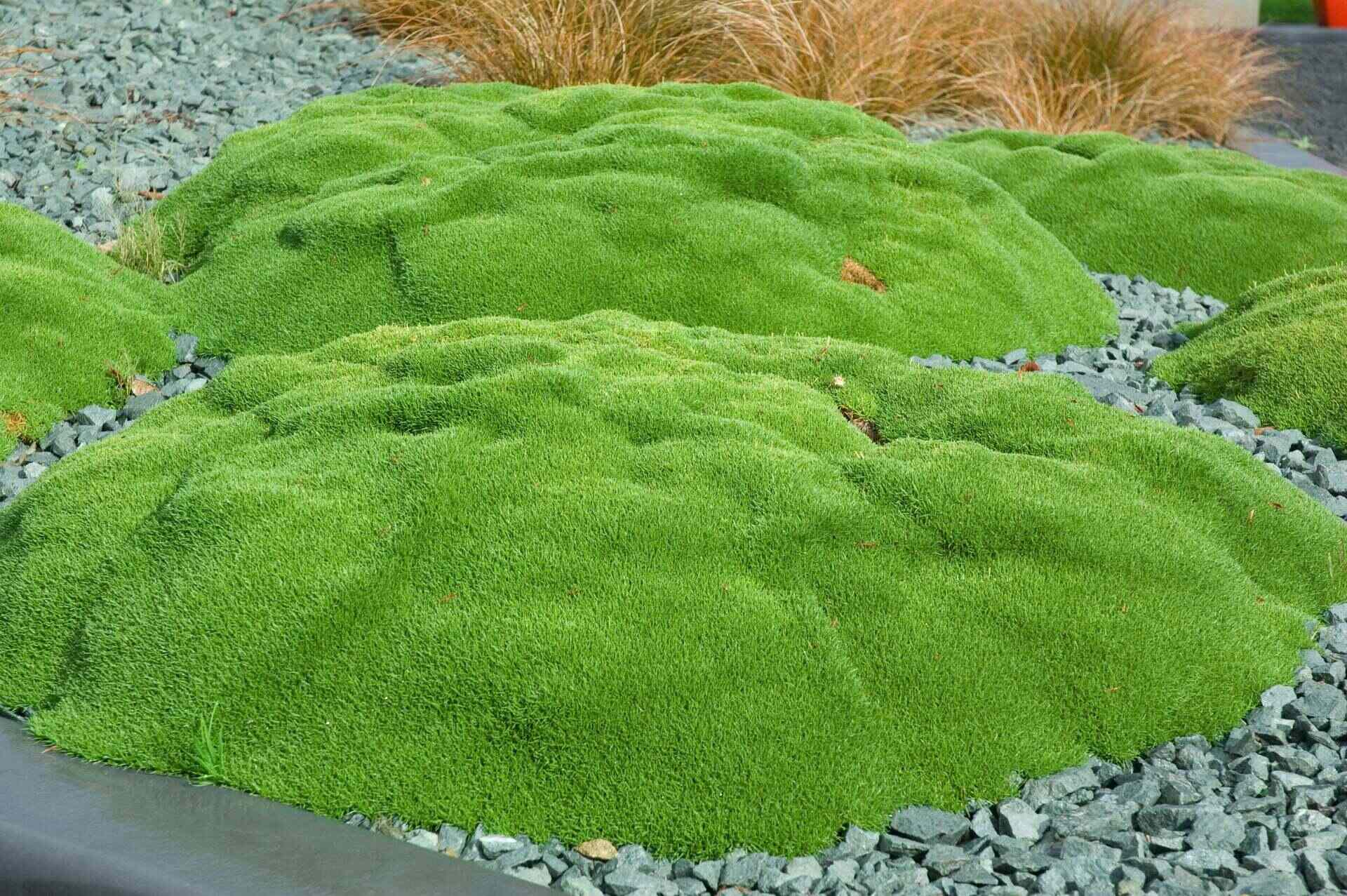
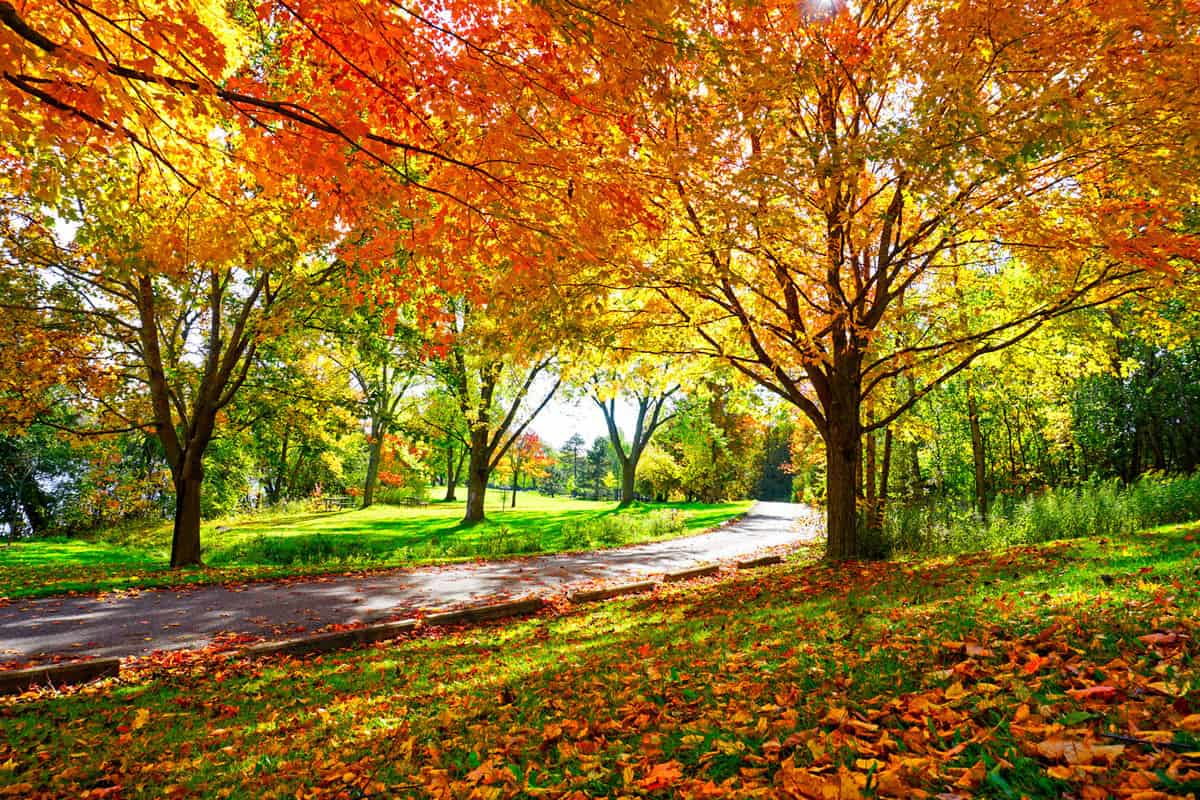
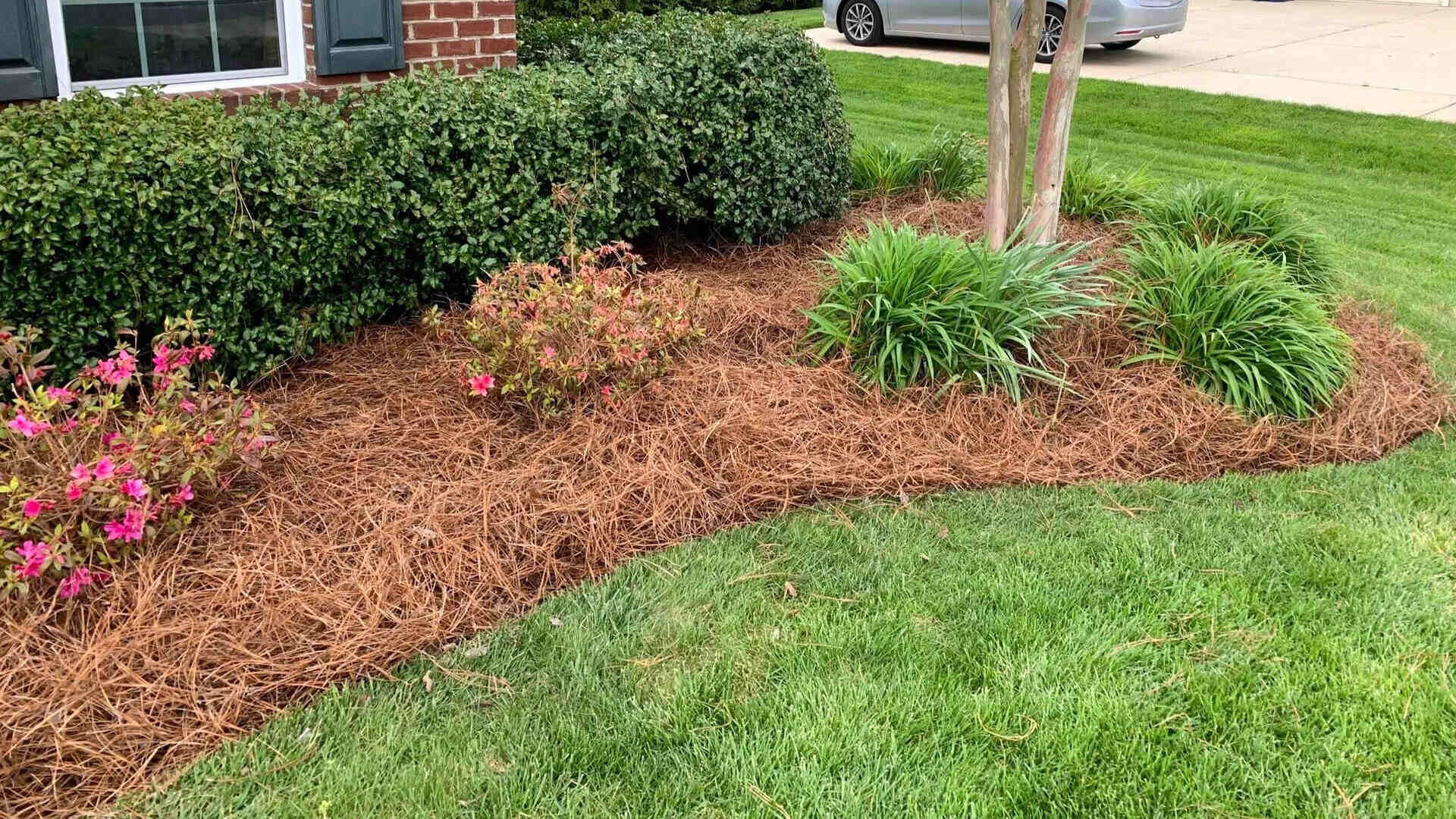
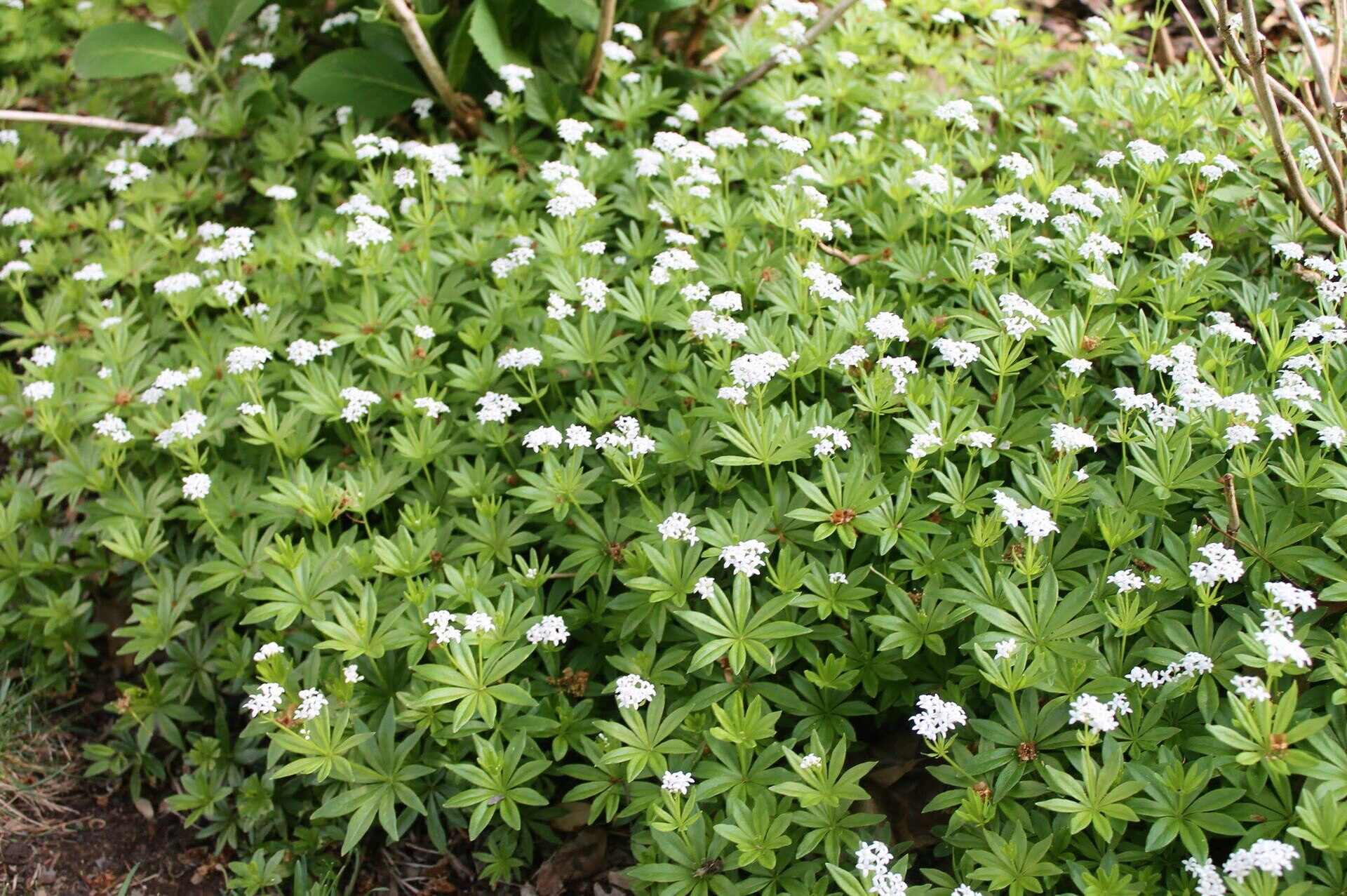
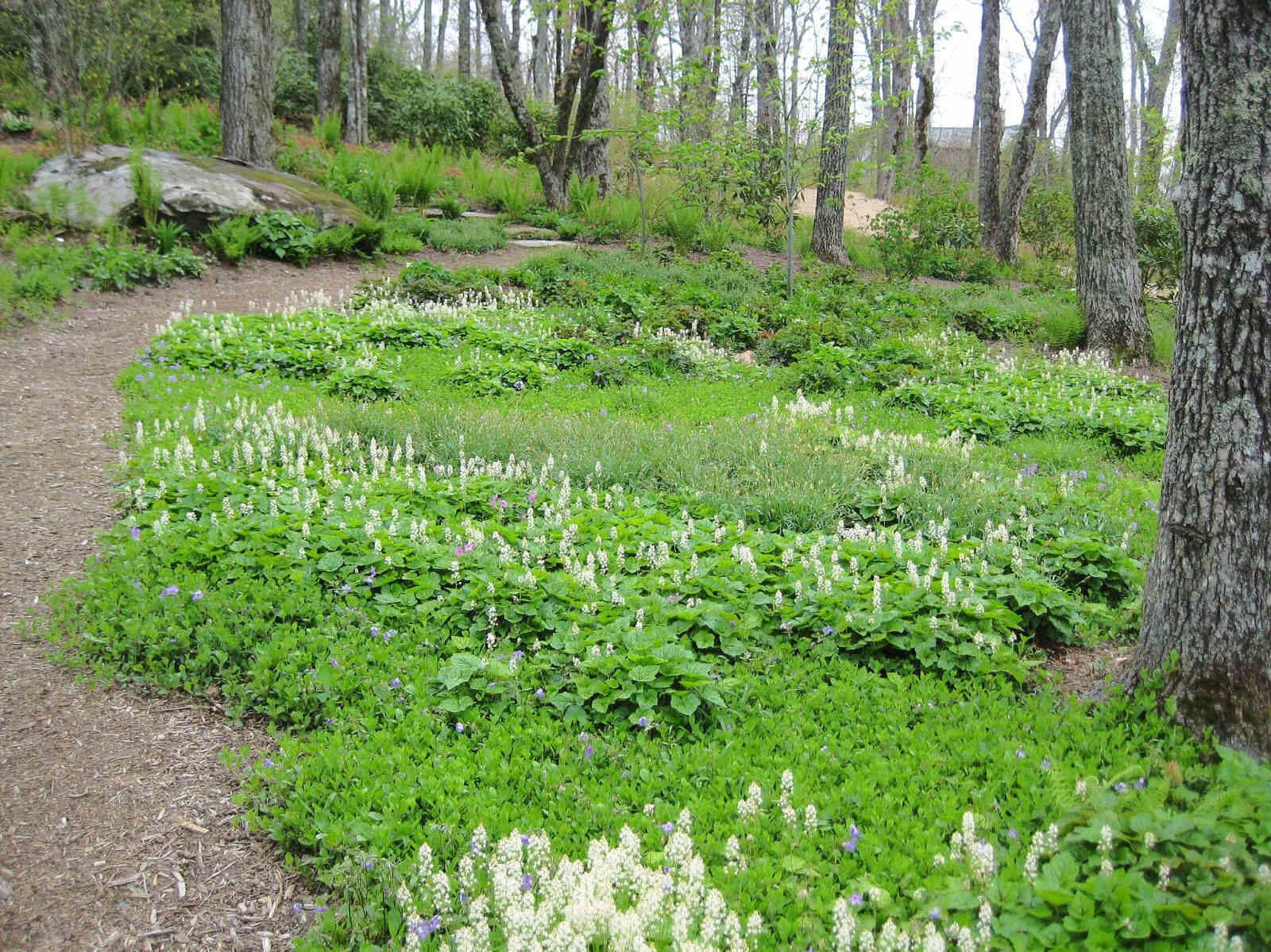

0 thoughts on “What Ground Cover Grows Under Pine Trees”